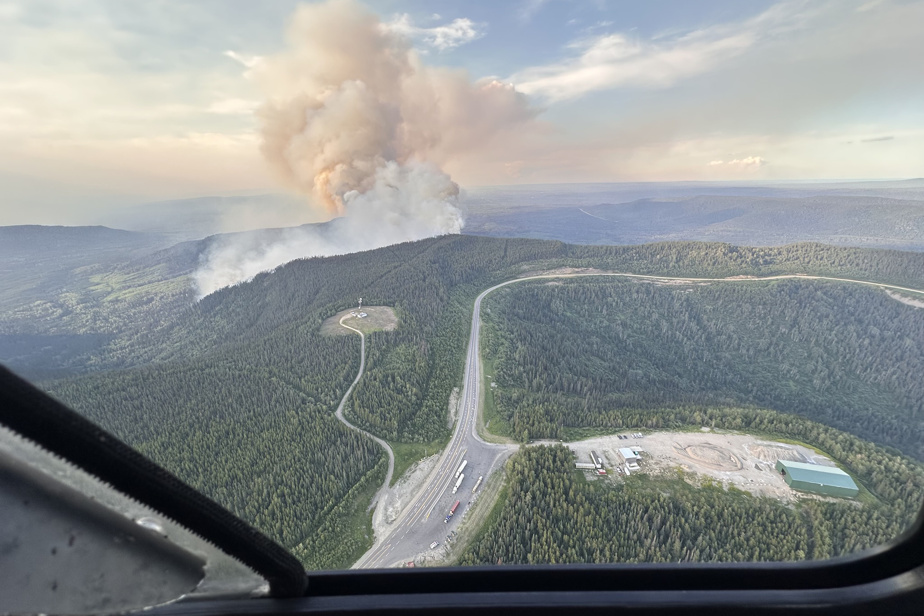(Vancouver) British Columbia officials say recent rains and cooler temperatures have reduced wildfire activity, particularly in the northern half of the province, but another heatwave and drought are expected to set in across the southern Interior.
Emergency Management Minister Bowinn Ma said recent mild weather conditions have provided “much-needed relief” to communities and fire crews. She added that several evacuation orders and alerts have been lifted for the Antler and Shetland Creek fires.
Still, she warned that wildfires continue to threaten communities, particularly in the southeast, and that across the province, wildfire crews and emergency responders are doing “everything they can” to keep people safe. More than 10 search and rescue teams have been deployed to support evacuations in the past week, Ms.me My.
“Despite the cooler weather, I want to encourage everyone to continue to be vigilant and prepared. As we know, the wildfire situation can change quickly, and we could see more fires as temperatures warm again in the coming days,” the minister warned.
About 1,350 people remain under evacuation orders, mostly in the central Kootenay region of southeastern British Columbia; another 2,800 people have been told to be ready to leave at short notice.
Forestry Minister Bruce Ralston warned that the lifted bans could be reinstated if conditions deteriorate.
A hot and dry August
In a briefing on the province’s wildfire situation, BC Wildfire Service provincial operations manager Cliff Chapman said rain has helped “extinguish” fires in the northern half of the province, but weather forecasts suggest “hot, dry conditions” will return in August.
In the south, there had been enough rain to give crews “intervention time” on several difficult fires that led to evacuation orders, Chapman said.
He added that another ridge of high pressure could form over British Columbia by the weekend, particularly in the southern part of the province, which will mark a return to seasonal or above-normal temperatures.
“Right now we’re expecting to see a return to temperatures in the 30s,” he said, adding that would make for “very difficult” firefighting conditions.
“We’re looking at, probably over the next 10 to 14 days, little to no rain in the southern part of the province, and that could extend north as well.”

PHOTO NICOLE BLACKSIOUX, CANADIAN PRESS ARCHIVES
A forest fire in the Slocan region of British Columbia.
Many of the approximately 340 wildfires currently burning in British Columbia are concentrated in the southeast, where hundreds of residents in the communities of Slocan and Silverton have been forced from their homes due to the danger.
The Regional District of Central Kootenay lowered the evacuation order for 185 properties in Silverton and 17 nearby properties to alert status Tuesday. This comes as the nearby Aylwin Creek wildfire continues to burn out of control. The district also lifted the evacuation alert for the village of New Denver, noting that the wildfire service has now classified the nearby Wilson Creek fire as under control.
The number of active fires is down from more than 400 last week, with 46% of current fires classified as out of control.
The wildfire service says 90 percent of active fires were sparked by thunderstorms that have swept through much of the Interior in recent weeks.
The number of personnel deployed to fight the fires has increased significantly in the last two weeks, to just over 1,500 firefighters and more than 200 structural protection officers. Just over 190 aircraft are also being used in the battle.
